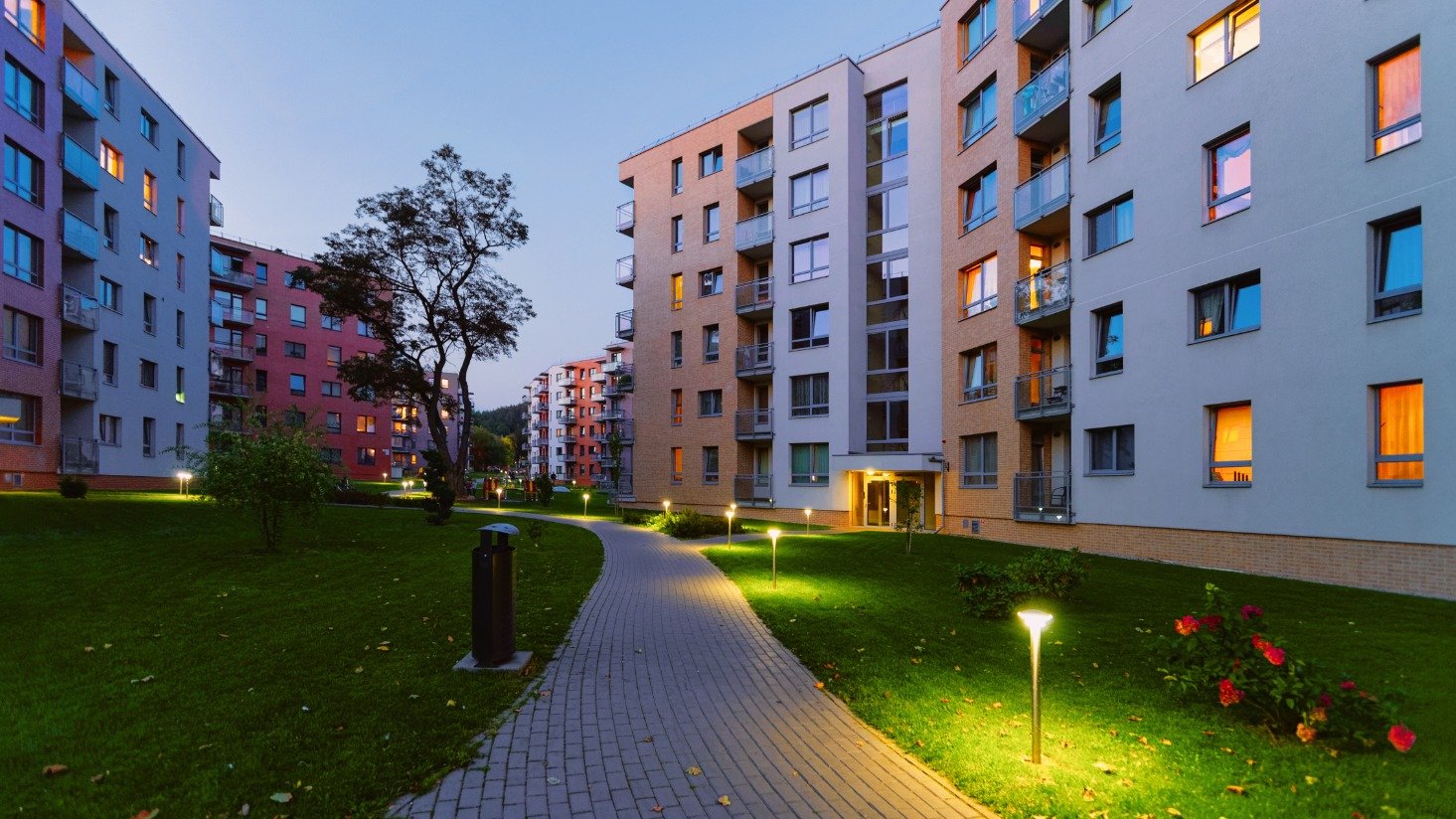[Checklist] Steps to retrofit healthcare facilities

Healthcare facilities are created to focus on one thing: providing quality care for patients. Unlike other commercial buildings, hospitals and medical centers require lights on 24 hours a day, 7 days a week. That means a constant schedule of replacing burnt out light bulbs.
A lighting retrofit can help you solve some of your biggest headaches, while also saving energy costs. That's a win-win that can turn into changes that everyone, including patients, will notice.
Consider the following four steps to help you get started on your lighting retrofit. And of course, if you have any questions, please don't hesitate to contact us.
1. Set goals
What do you want your lighting to accomplish?
Are you interested in energy efficiency?
Do you want lighting to help enhance your new building design?
How much do you want to spend on a lighting upgrade?
Do you need to keep up with building code?
All of these are critical questions you should answer before you consider a lighting retrofit. Your answers will help shape which action you take next.
We know budget is the largest deciding factor. You've heard LED light bulbs will help you save money long-term, but the up-front cost is important to consider carefully.
The good news is you don't have to switch all of your lighting to LEDs to see the money-saving benefits. Keep following the next three steps to get the most out of your retrofit.
If you're ready to shop for LED products, check out our online store.
Take advantage of business pricing by signing up for an account.
2. Look for lights on 24/7
Hospitals need to operate at all times, but there are specific areas where the lights are never off. Retrofitting areas where burn-time is extremely high will reduce maintenance and increase savings.
Here are a few high-burn areas that could benefit from LEDs:
- Parking garage or parking lot - A well-lit parking garage or parking lot should be a top priority for patients and visitors. Plus, you can't turn them off because patients could come in at any time. Switching the fluorescent or HID light bulbs already in parking garage to LEDs will help you save money.
- Stairwells - Stairwells are another non-negotiable area where lighting is extremely important. Upgrading to LED lights in stairwells will cut down on time maintenance staff spends replacing fluorescent tubes.
- Exterior areas - Is the sign outside your hospital easy to read? Are the signs that point to the emergency room clear to ambulance drivers? Is there enough light on sidewalks for visitors? All of these are considerations for the outside of your building where LED light bulbs can help improve the quality and longevity.
These areas have something else in common, too. Safety is key. If you decide to retrofit, you'll get a safety upgrade with your lighting upgrade.
3. Focus on high-traffic areas
Hospitals and healthcare facilities are busy. The last thing you want is to be on a ladder in a busy area. That can be a distraction to patients and get in the way of medical workers.
LEDs offer lower maintenance because they last longer than traditional light bulbs. Plus, if you practice lighting maintenance strategies like group re-lamping, you can schedule lighting upgrades during slow periods.
Here are a few high-traffic areas that could benefit from LEDs:
- Hallways - The less time you need to spend crowding a hallway, the better. Fluorescent tubes are common in hallway lighting fixtures, like troffers. Switch the fluorescent tubes out for a linear LED. Click here to look at your options, then click here to shop.
- Emergency departments - Emergency departments can be busy at any given moment, but doctors need quality light in order to do quality work. Don't take a chance by switching out light bulbs as they burn out or change colors.
- Elevators - Dark elevators can send a red flag to any patient. Plus, changing light bulbs in the elevator is a hassle. Click here to shop for LED elevator bulbs.
You can add any other area that's difficult to maintain because of traffic to this list.
4. Focus on energy efficiency
You will already notice a difference in your lighting plan and your electricity bill if you've followed the steps above. To take your benefits a little further, next you should focus on energy efficiency.
The best way to explain energy efficiency is with the lighting pyramid, pictured below. At the bottom of the pyramid is the least energy efficient lighting (incandescent). At the top of the pyramid is the most energy efficient lighting (LED).

If the main source of lighting in your healthcare facility is fluorescent, you're in the middle of the chart.
To focus on improving energy efficiency, you will have to look to areas that have lighting lower on the pyramid, like your lobby. Those areas will have incandescent or halogen light bulbs that could be upgraded to LED.
Your lobby might also be an area where you want to set a certain tone. Patients might be visiting a healthcare facility for very serious medical concerns. You can use lighting to create a comforting environment. If you are concerned about the look and feel of your lighting, make sure you choose an LED product with the correct color temperature.
Benefits of retrofitting healthcare facilities
Upgrading your lighting will have benefits beyond the decrease you will see in your electricity bill.
Fluorescent lighting can strain employees' eyes, so you might hear fewer complaints when you switch to LED.
Patients who can choose where they receive healthcare might be looking for a more sustainable facility.
We know lighting is a never a one-size-fits-all solution. If you have questions about which steps are right for you, please do not hesitate to contact us.













